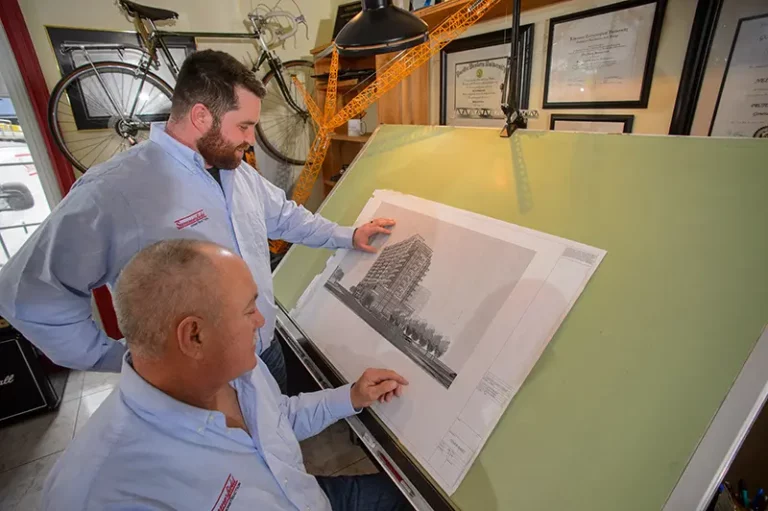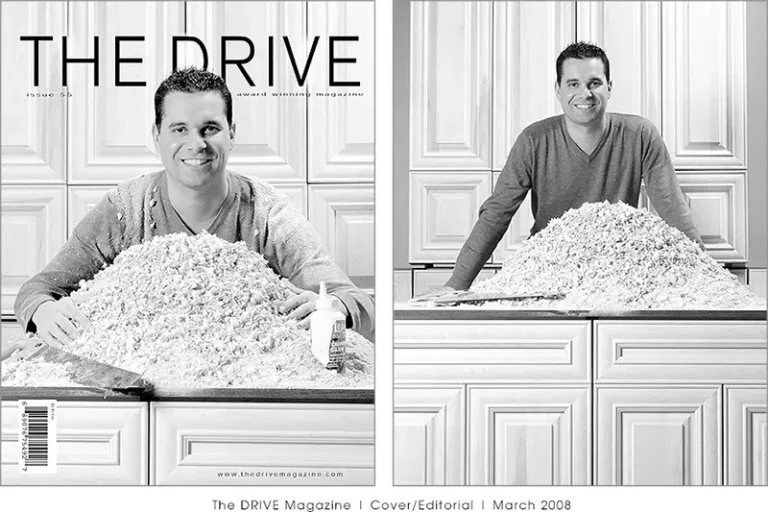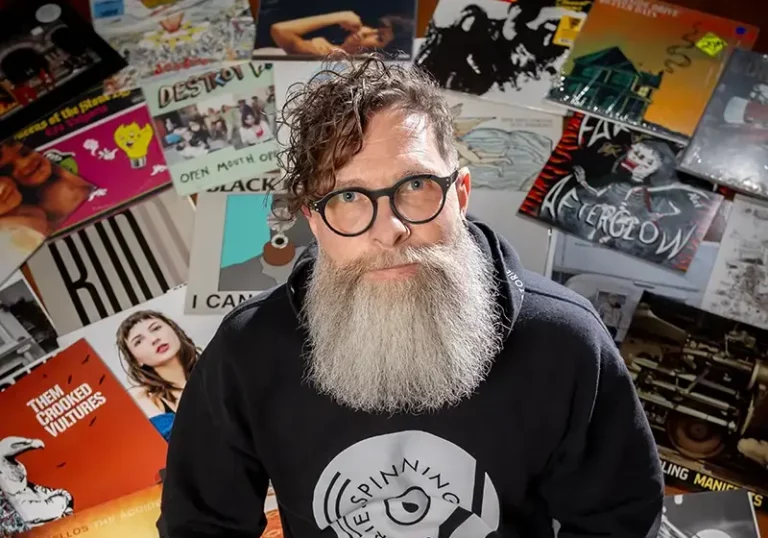Conversations about diversity and inclusion have rarely been more ubiquitous in the mainstream media, on social media pages, or in everyday conversation as they are in the summer of 2020. Some might say that these conversations are long overdue.
In June, 133 members of the Business Council of Canada co-signed a statement denouncing racism in all its forms. Leaders of major Canadian companies agreed: “We all share in the responsibility to eliminate racism… We value and promote diversity and inclusion in our companies and in our communities. We call on other leaders to do the same so that together we can build a more just, fair and equitable society.”
In July, the BlackNorth Summit was held, co-chaired by the presidents and CEOs of Cisco Canada, CIBC, and Fairfax Financial Holdings Limited. The result was the formation of a new Canadian Council of Business Leaders Against Anti-Black Systemic Racism.
The renewed national focus on racism is the latest phase in a broader process of awakening. Whether stirred by the racially charged, police-involved deaths that have propelled the Black Lives Matter movement back into the spotlight, ongoing injustice against Indigenous peoples, or the #MeToo movement, Canadians who have rarely considered issues of exclusion are now asking questions about systemic racism, gender inequality, and other forms of discrimination that members of marginalized communities have decried for years.
Here in Windsor-Essex County, residents tout the city’s reputation as one of Canada’s most welcoming and most ethnoculturally diverse communities. Mosques and churches co-exist peacefully along tree-lined streets; area restaurants present a dazzling array of global cuisines. 27 percent of Windsorites and 15 percent of Essex County residents are newcomers. The region’s Underground Railroad history is often cited proudly as evidence of a longstanding legacy of equity, diversity, and support for human rights. In recent decades, Indigenous people and descendants of the earliest French, British, and Black settlers have been joined by over 100 other cultural communities. It is often presumed that in a place where diversity and harmony are celebrated, there are equal opportunities for all people.
But are there? Research and anecdotal information suggest that barriers to the full spectrum of employment opportunities and income equality continue to affect women, racialized people, non-racialized immigrants, people with disabilities, Indigenous people, and members of the LGBTQ2S+ community.
According to the Census, 9.2 percent of racialized Canadians were unemployed in 2016. The unemployment rate among Black Canadians in 2016 was 12.5 percent versus 7.7 percent for other racialized groups and 7.3 percent for white Canadians. Even among Canadians with a post-secondary education, the unemployment rate for Black Canadians was 9.2 percent in comparison to 7.3 percent for others. Meanwhile, the average income of racialized Canadians was 74 percent of that of non-racialized Canadians. Twenty-three percent of Black Canadians were categorized as low income, compared to 20 percent of other racialized Canadians and 12 percent of white Canadians.
Justin Falconer of Workforce Windsor-Essex argues that multigenerational barriers often play a role in lower income and higher unemployment rates experienced by marginalized communities. “Educational attainment normally relates to income. For those who haven’t had the same opportunities growing up, it can create barriers over time. You compound that over lifetimes and have families that just never find a way out of low incomes and lack of opportunity.”
Yet many members of the Windsor-Essex Black community indicate that barriers remain despite educational attainment. “All the time, we see educated Black community members leaving Windsor because they can’t find employment in their fields,” says Angelina Ebegbuzie, co-founder of Black Women of Forward Action. “Teachers, social workers, engineers, and other professionals graduate and end up looking for work in other places such as Kitchener or Toronto. They find opportunities elsewhere but can’t find them here. It’s frustrating to see so much talent leaving our community.”
Omolade Williams, a newcomer, a woman, and a person of African heritage, arrived in Windsor five years ago with degrees in Information Systems Management and Business Information Technology as well as a Master’s in Innovative Manufacturing… all acquired in the UK. Unable to find work in any of these fields, she took a job in a call centre. “I couldn’t even get hired as a receptionist,” says Williams. “I ended up in factory jobs, then through Women’s Enterprise Skills Training, I was introduced to a women in trades program. It was a journey I did not expect to take, but now I’m working as a millwright.”
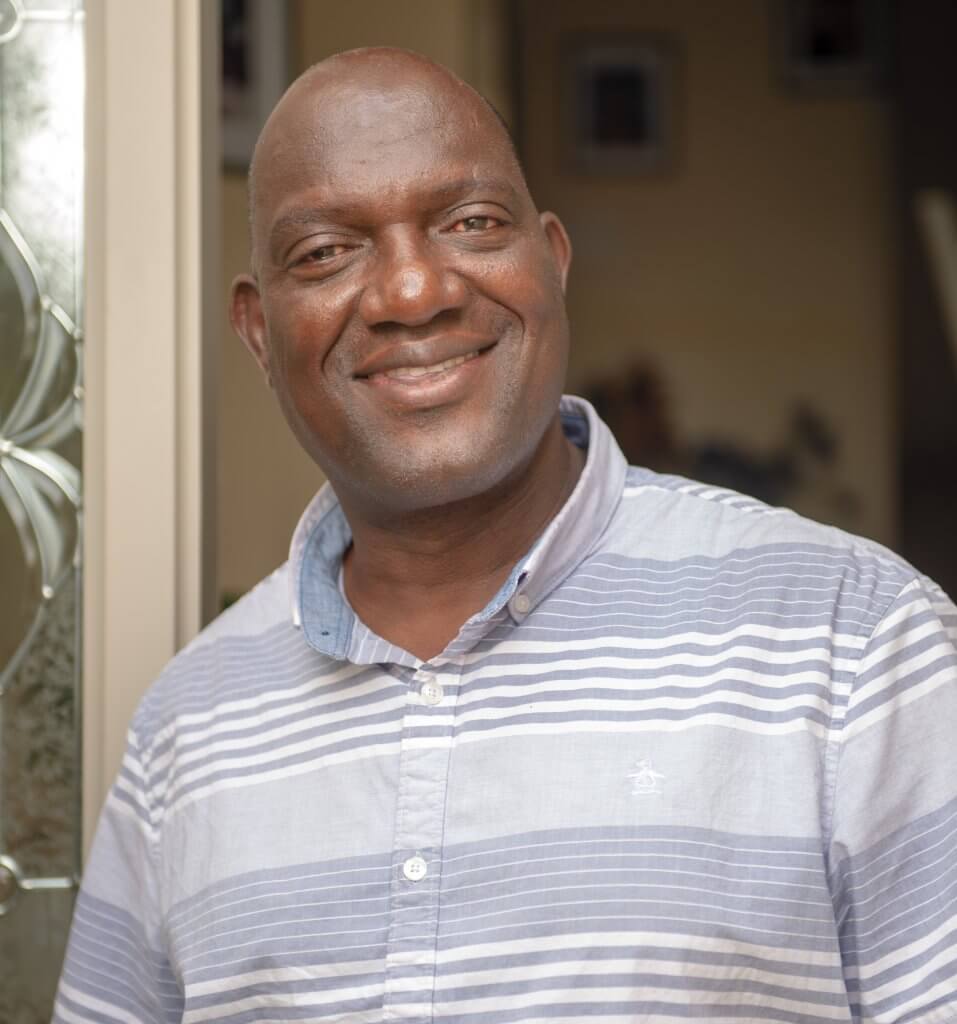
Kossi Dodjro 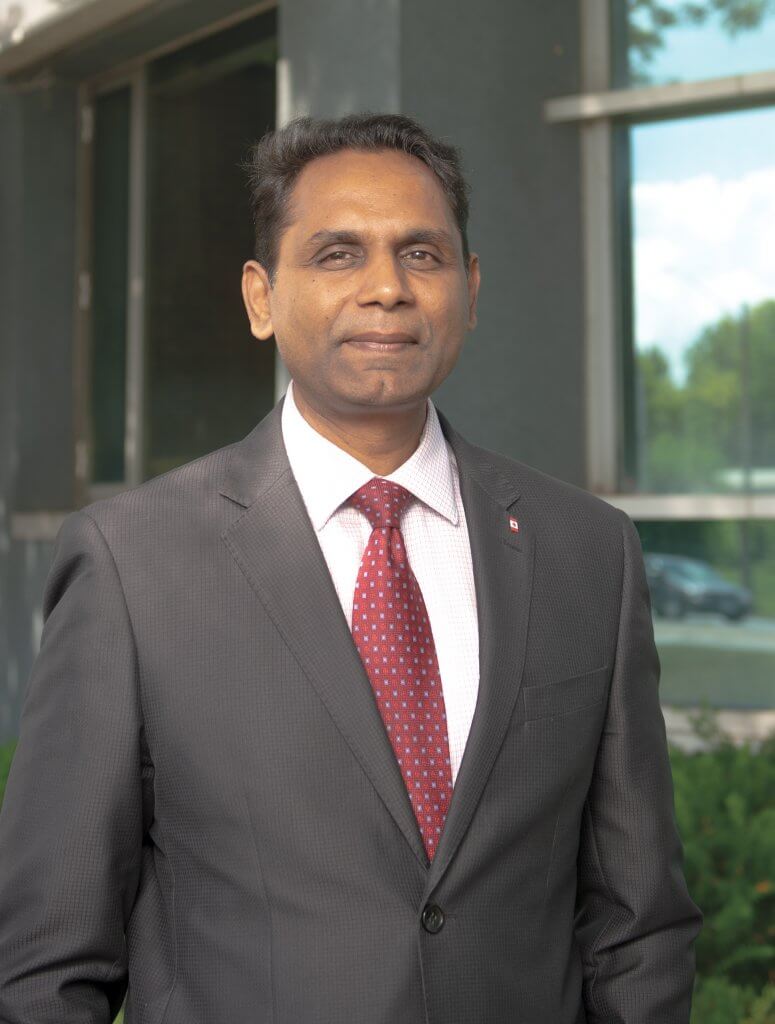
Rakesh Naidu 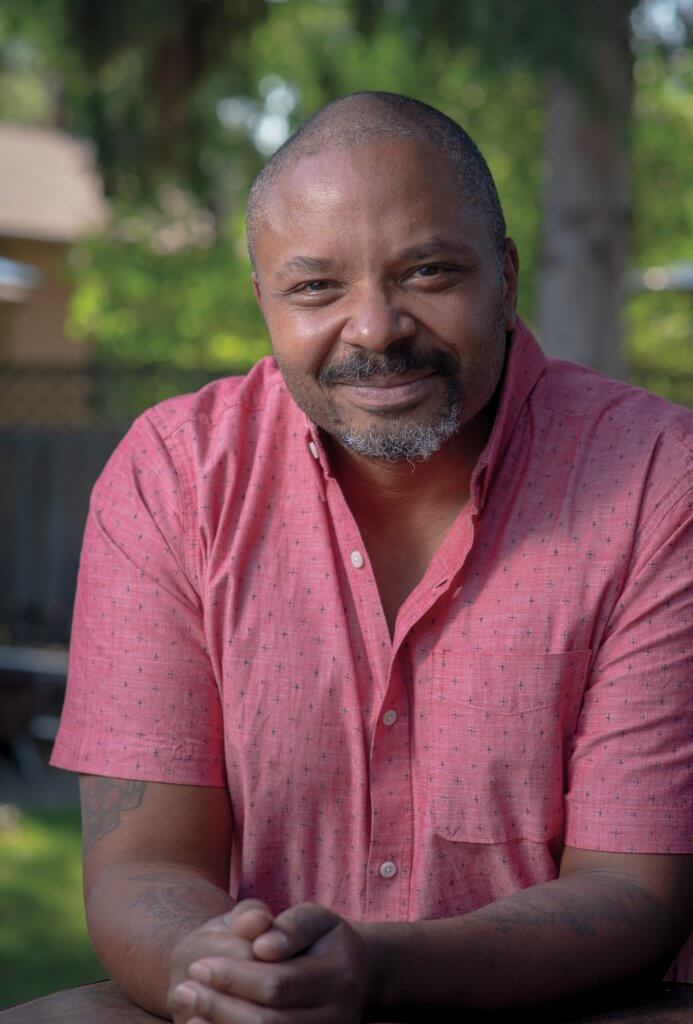
Michael Akpata
Born in Togo and educated in France, Kossi Dodjro of Collège Boréal has used his difficult early experiences as a newcomer to fuel his passion for helping others. Having obtained an education degree in France, Dodjro looked forward to a teaching career. He says that immigration officials painted a rosy picture of his job prospects in Canada, but when he arrived in Windsor in 1993, he found it difficult to have his credentials recognized. “I had to survive so I did all kinds of jobs,” says Dodjro. “I cleaned restaurants. I was a janitor. I worked on a farm and in a mushroom factory. I ended up in manufacturing jobs. While I was working at one plant, I went back to school and got an International Business diploma. Then I got my graduate degree in Human Resources.” He channelled his expertise into a career as a settlement worker, employment counsellor, and job developer. “I try to help people like me because I don’t want them to struggle as I struggled.”
Rakesh Naidu, now president and CEO at the Windsor-Essex Regional Chamber of Commerce, knows all too well the challenges faced by racialized Canadians and newcomers. Originally from India, he arrived in Windsor in 2007, having already spent six years as an engineer in Toronto. “It was difficult to gain acceptance here or to be entrusted with responsibility. I ended up on a factory floor, at the lowest rung of the hierarchy. I had to work my way up from the bottom. Valuable time was wasted, both for myself and the company. I could have contributed much more with my skills and qualifications, which were actually needed, had I been able to bring everything I knew to the table.
“We ask immigrants for a lot in terms of educational qualifications and work experience,” Naidu continues. “Yet many immigrants who come here in the skilled category end up delivering pizza or driving cabs. This is a huge opportunity cost to us as a society.” Naidu remembers meeting a man with a PhD in Physics who was working as an assembler in a Windsor plant. “He had some of the best ideas regarding the product. He could have contributed significantly to the company, but we were blind to the fact that we had a diamond among us.”
Rose Anguiano Hurst of Women’s Enterprise Skills Training (WEST) tells a similar story. “One of our employees was living in a refugee camp before she came to Windsor. She already had a Master’s degree in Educational Technology. Her story was the same as so many people’s stories: she was working as a receptionist. She told me in a casual conversation about her credentials and when the pandemic approached she was the right person at the right time to get us on board with all of the applications that could help us: Zoom, MS Teams, Moodle, Facebook Live. She jumped right in and got us where we needed to be. People in our community have so many skills, and we are definitely underutilizing them.”
“We’re dealing with a city that historically has had high unemployment, and that can put certain groups at an even greater disadvantage,” says Fred Francis of the Multicultural Council of Windsor-Essex. “Newcomers may have to learn the language, workplace culture, business etiquette, but they often do a good job of overcoming those barriers. Certainly some come as refugees and have even more challenges. But the vast majority arrive with resources, higher education, or a trade. Relatively speaking, they are ready to hit the ground running and integrate into the workforce, if given an opportunity.”
Francis agrees that lack of recognition of international credentials is a major source of frustration. “As a whole, the Canadian system can do better at recognizing foreign credentials to get people integrated into the workforce a lot faster and help us fill gaps in the economy. At the Multicultural Council, we make organizations aware of discriminatory practices and implicit biases. We are seeing improvements in hiring practices and interviewing practices. Employers are beginning to understand that having workers who speak French, Arabic, Mandarin, or another language can help them overcome cultural barriers and attract new customers.”
Dojdro concurs, “Now because the market is becoming global, there are more opportunities for bilingual and multilingual job seekers. But I still don’t think employers understand the value of diversity and inclusion, the dynamic that can be created when people from different backgrounds are part of their workforce. Or some employers can’t prioritize it: they are just trying to survive. I would like to see more education and incentives offered.”
Windsor-Essex County residents of colour are also underrepresented in the political arena. For example, currently, there is only one elected official of Black heritage west of London. Michael Akpata, LaSalle town councillor, says, “If a whole group is left out of the discussion then it’s easy for decision-makers to fail to take their perspective into account. Inclusion results in better decisions. But it is the younger folks, the university students, the activists involved in Black Lives Matter right now, that are pushing the movement forward. They are young, they are inspired, they want to see change. I hope some of them will enter politics. Someone who is informed, well spoken, passionate, compassionate—who would you rather have representing you?”
Akpata exited a successful career in policing to join the private sector where he saw more opportunities for advancement. “The skills set you have, your oratory, your interpersonal skills, your organizational skills, your motivation are all welcomed in private enterprise,” he says. “If you are the number one person selling the product, they don’t care who you are as long as you’re giving them results. I went into a corporate environment and saw people of colour, women in leadership roles, new Canadians, a multitude of Canadian diversity in the room. In the public sector, it would have been rare to encounter so many others from diverse communities.”
Meanwhile, Lynn Calder of Assisted Living Southwestern Ontario says that for people with physical disabilities, success stories are harder to find in Windsor and Essex County. It is not for lack of trying. People with disabilities “often want to be lawyers or social workers or vibrant participants in the community and have full lives and a quality of life. We have the auto industry and that’s a large influencer in Windsor: people with physical disabilities have generally not been able to work in the Big Three or their feeder plants because you need a certain amount of physical ability to do those jobs. And there continues to be stigma in a number of workplaces.”
In 2016, the unemployment rate for Canadians with disabilities aged 25 to 64 years was an astonishing 49 percent… an incalculable loss, both for the quality of life of individuals who wish to work and for the potential of Canada as a whole. Lack of educational attainment is not always the primary barrier. Calder cites the example of a young, well-educated woman with disabilities who was hired for an administrative job in Windsor. “She ended up leaving that job because she was ostracized by her coworkers… something as simple as everybody going out for lunch and not inviting her. People aren’t bad, but we have a lot of work to do to get over that stigma.”
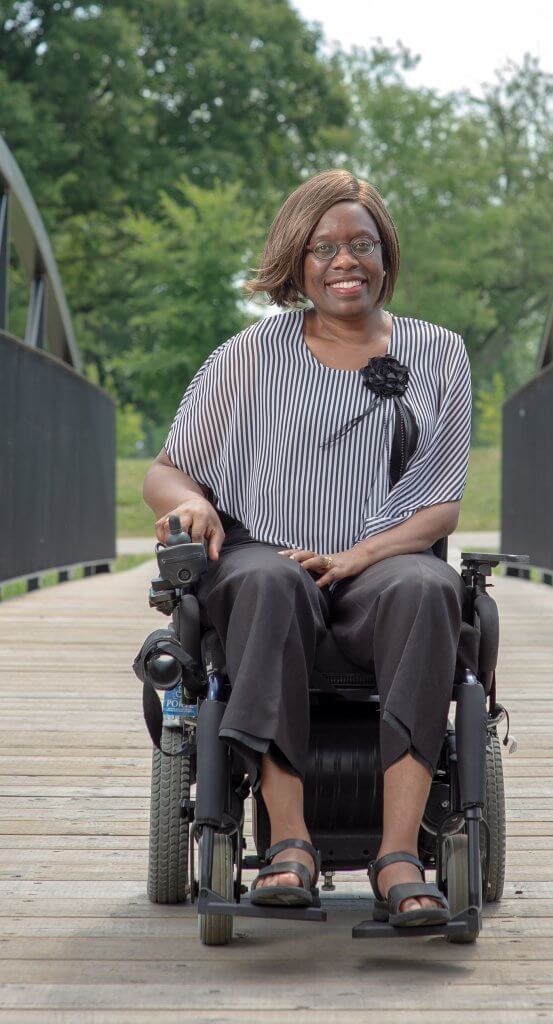
Laverne Jacobs 
Danica McPhee 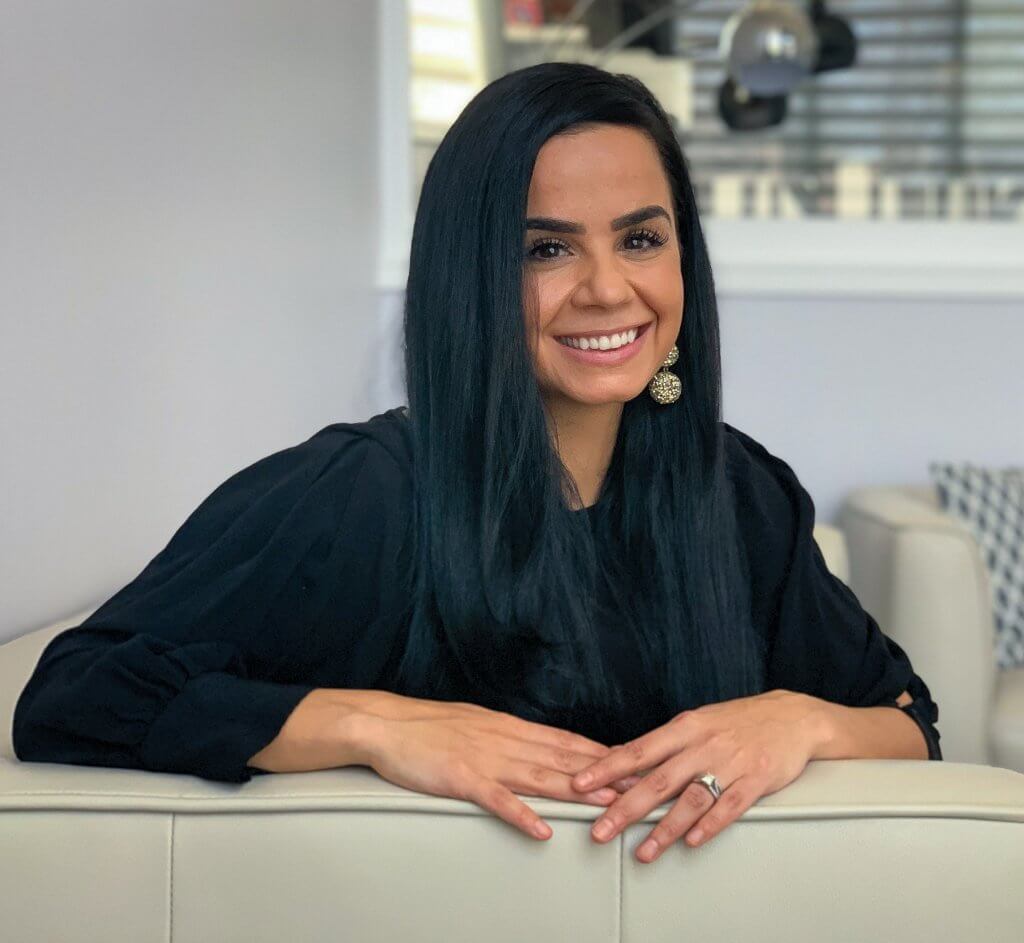
Nour Hachem-Fawaz
“What we need is a way to avoid social exclusion in workplaces and in general society,” Laverne Jacobs agrees. As a law professor, a former member of the Human Rights Tribunal, director of the Law, Disability and Social Change Project, and someone who uses a wheelchair, she maintains that “it’s everyday things… planning events or trips designed for team-building, making sure those trips and events are accessible… I think we need to move beyond the law and think about how to be considerate, compassionate, and empathetic to our coworkers.”
“The way we value certain norms excludes people with disabilities,” says Danica McPhee of Assisted Living Southwestern Ontario. “It’s a form of exclusion that’s one of the last to be considered kind of ‘okay.’ It hasn’t been politicized in the same way as the barriers faced by racialized people or LGBTQ people. Our culture values productivity and independence, but people with disabilities often have to rely on others. We would never judge someone for not sewing their own clothes or building their own house but we do judge people who need assistive technology or personal supports.”
Calder agrees. “We can have all of these employment supports and incentives, but we need champions among local employers to hire people with physical disabilities so that seeing someone in a wheelchair in the workplace becomes the norm. It starts in the schools—we need an integration approach so that able-bodied students and students with physical disabilities aren’t seeing themselves as entirely separate and having completely different experiences in the school system. We have to stop seeing people with physical disabilities as charity cases. Instead, we need to see people with physical disabilities as community members who have the same aspirations we do.”
“A lot of the learning that happens at school happens when you’re socializing,” says McPhee. “To get ahead in the world, you are who you know and if you’re isolated, you don’t know anyone.”
Jacobs argues that many employers still believe the challenges to making a workplace accessible are greater than they really are. “We have all just witnessed and experienced the role of technology through the pandemic, and many of these same technologies can be accessible and easy to use for people with disabilities. Sometimes people with disabilities can accomplish more working at home due to barriers such as transportation. Now employers have seen how people can work at home easily and how one’s home can be adapted into a workplace. I hope these lessons learned can be used to create more opportunities for people with disabilities.”
“The answer to overcoming the stigma and the misunderstandings is more exposure and conversations,” Calder says. “And I’d like to see more people with physical disabilities get involved in politics, municipally or beyond. They have important perspectives that should be heard.”
Not long ago, many residents of Windsor-Essex County were shocked to discover that the area had been ranked one of Canada’s worst places to be a woman, with few women in leadership roles (only 23 percent of elected officials and 34 percent of senior managers), only 53 percent of women employed, and 24 percent of women living in poverty. That news spurred Lisa Milec and Gemma Grey-Hall to found Women Inspiring Action. “I felt saddened by the fact that there were so many women in this city not thriving,” says Milec. “We need more women in leadership roles, women in politics, women influencing change and decision-making.”
“Many women see these roles as things for other people and not for themselves, and that bothers me,” says Grey-Hall. “It’s common for a woman to look at a job opportunity and see that she has eight out of the ten requirements and say, ‘This isn’t for me.’ A man will see it, have two or three of the skills, and take a chance.”
Milec adds, “Employers sometimes perceive that it will be harder for a woman to juggle work and family responsibilities and use that as a reason to give preference to male candidates. But women shouldn’t have to fight that battle on their own. It’s also up to employers to rethink how they do business and what kinds of changes need to be made. Women should feel bold enough to speak up and say they’re looking forward to meeting the expectations of their role—how can this be done and what kind of support is available? But employers must be willing to engage in those conversations too.”
Terry Weymouth, an industrial electrician and chief architect of the Women in Skilled Trades program, agrees: “This is not a woman’s issue. It’s a life-balance issue with workers and employers are beginning to see that.” She sees skilled trades as a crucial pathway to address high unemployment and the income gap for marginalized communities. “So many women who were not encouraged to even consider non-traditional careers are looking at them now and saying ‘Why not me?’ So many people were encouraged to get multiple degrees and certificates and then threw more certificates at markets that are oversaturated. Many are now looking to skilled trades instead. Especially right now, the baby boomers are leaving. We’ve never had such a changeover of workers and so many opportunities.”
“If women, people of colour, or others have never seen others like themselves occupying certain positions, how do they believe they can achieve it?” says Nour Hachem-Fawaz, founder of Build a Dream. “During my time at WEST, helping women get back into the workforce, I wasn’t seeing many clients seeking opportunities in high-demand occupations. Employers said that women weren’t applying. I hosted an event with employers regarding skilled trades, and one client showed up. That’s when I understood that you can’t be what you can’t see.” Today, her organization partners with the business community, school boards, non-profits, and post-secondary institutions to address the underrepresentation of women in skilled trades and other non-traditional careers, but she indicates there’s also a goal of helping marginalized communities access new occupations, creating more diverse and inclusive workplaces. “Now we are working with small-to-medium companies who don’t have the HR infrastructure or resources to focus on diversity and inclusion. People of colour, women, and other marginalized communities are underrepresented in STEM occupations and trades, and even employers are in shock when they look at their own staffing sometimes.”
Canadian employment and income statistics for the LGBTQ2S+ community at large do not indicate that there are major disparities in comparison to other groups, but there is growing evidence that transgender Canadians face high unemployment and major income gaps. A widely cited survey conducted by the Sherbourne Health Centre (Toronto) indicates that approximately 50 percent of transgender individuals are living in poverty despite 71 percent having post-secondary education, and only 37 percent of transgender community members are employed full time. Male-to-female transgender community members are at high risk of seeing their incomes reduced by as much as a third… a chilling effect of both transphobia and the ongoing income gap experienced by women in our society.
Colm Holmes of the Windsor Pride Community Education and Resource Centre says that there is still much more work to be done in the pursuit of diversity and inclusion. “Queer members of the community, queer members of colour or of the Indigenous community, those who are transgender, those who are differently abled aren’t often afforded leadership positions. Our workplaces should be more committed to seeing the value of hiring and promoting people from our community. We can’t just continue to perpetuate the same cycles. It’s one thing to develop a policy but what matters is the practice… It has to be more than an equity blurb on a posting.”
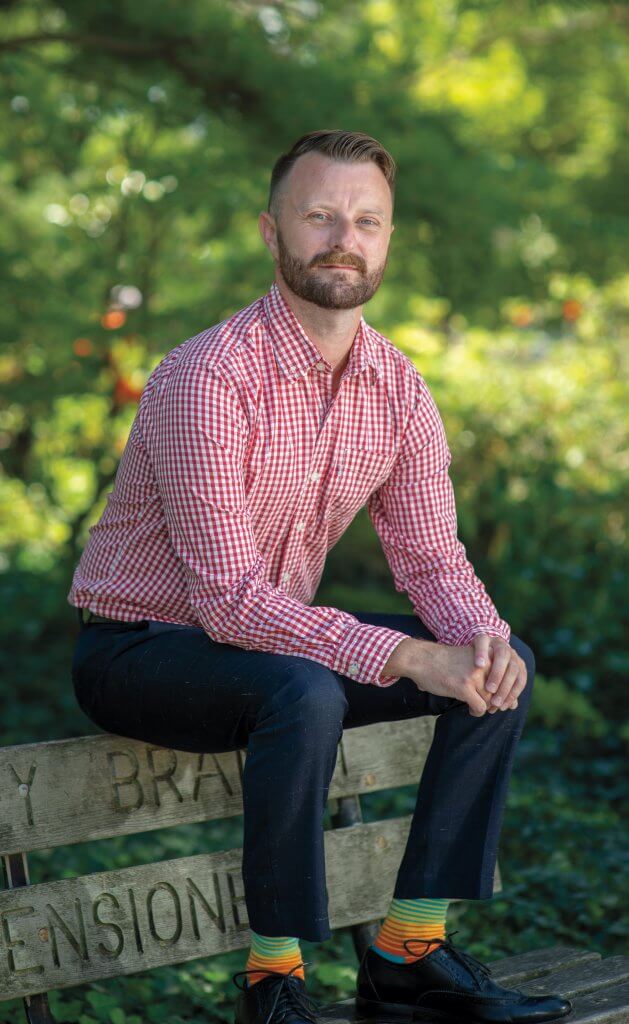
“I see examples of people from the queer community who are now leaders in different sectors, but I’m still not aware of any queer community representation among elected officials, on our municipal councils,” Holmes adds. “We need to be reflected in the people who represent us. But also, someone might say, I could step up but would the city vote for me? We won’t see people stepping forward for these kinds of leadership roles until they see them as an option.”
Justin Falconer acknowledges that striving to increase diversity and inclusion in the workplace has not been a top priority for many employers. “Especially for smaller and medium businesses, sometimes it’s not a lack of interest or desire but it’s a lack of capacity. They don’t have dedicated HR departments or those who are able to devote time, energy, and resources to increasing diversity and inclusion.”
In addition, the lack of available data about workforce integration, income gaps, and employment barriers for members of First Nations Métis Inuit (FNMI), LGBTQ+, and Black communities remains a challenge. “Data exclusion can render those communities invisible because there isn’t good data to support advocacy and solutions to the issues they have faced,” Falconer says.
Falconer adds, “Often when there are economic downturns, marginalized groups are disproportionately affected. For example, COVID-19 has definitely impacted low wage earners. We know that overrepresentation in service industries is part of it. Just as women often earn less because the occupations in which they participate are a little narrower than men, the same can be said for other demographic groups. They just don’t have opportunities to work in all 500 occupational codes in a representative way so how could their income be the same as others?”
“We need to diversify the roles that women and other marginalized individuals play in our society, because currently they are disproportionately represented in lower-wage occupations,” says Falconer. As an example, 90 percent of truckers are men, 97 percent of early childhood educators are women—the median wage for truckers is nearly twice as high. “It’s important that we support groups like Build a Dream and encourage people to pursue those occupations that they haven’t traditionally pursued. We all have to ensure that marginalized people have equal opportunities to pursue higher educational attainment, which is a route to generating higher income for themselves and their families. And in turn, they can be a new source of talent for employers seeking to fill high-demand jobs.”
Dodjro agrees, “Right now I would say the opportunities are more in the trades, but we don’t see many racialized people in those areas. The reality is that even if you have a degree, few people who are unfamiliar with you will give you the opportunity or the chance to get ‘Canadian experience.’ You will be the last one looked at. But skilled trades are in demand: if you have those skills, employers will hire you.”
Falconer points to some exciting new developments that may improve workforce opportunities for members of underrepresented communities in Windsor-Essex County. RISE is a nascent initiative designed to empower entrepreneurial women and promote women’s participation in STEM fields. The WE Value Partnership has helped newcomer service agencies streamline the intake process for new Canadians with a capacity-focused settlement assessment, helping them move more quickly from the first steps of settlement to full integration into the local workforce and community. The Workforce Innovators’ Network offers a speakers’ bureau of racialized and new Canadian leaders who can share best practices for inclusivity and creating more balanced workplaces.
It is in the whole community’s best interests to ensure that the focus on diversity and inclusion outlasts the current news cycle. Employment barriers faced by marginalized communities are reducing productivity overall, according to Rakesh Naidu. “When we don’t maximize the potential that everyone offers, we are losing out as a region and as a country.”
According to Anguiano Hurst, “Employers in Windsor-Essex have become more open and receptive to the idea of a diverse workforce, but some things remain the same. Opportunities are there, but we still find that people from marginalized communities have to work harder to prove their equal value. There’s still room for improvement.”
Fred Francis agrees. “Our goal should be to eliminate barriers and make Windsor truly a welcoming community, for everyone, whether they have just arrived, whether they are third generation, or whether they are tenth generation.”
“As a community, we have an amazing jewel that we can leverage in Windsor: our diversity,” Colm Holmes adds. “Let’s use what we have to our advantage.”

